Optimal Timing for Concrete Repairs
Concrete repairs are most effective when performed during specific weather conditions that allow for proper curing and adhesion. The optimal time for repairs is typically during moderate temperatures with low humidity and minimal precipitation. These conditions ensure that the concrete cures properly, reducing the risk of cracking or other issues.
Spring offers mild temperatures and moderate humidity, ideal for concrete repairs. It allows sufficient curing time before summer heat or winter cold.
Early summer provides warm weather that promotes proper curing, but it's important to avoid extreme heat which can cause rapid drying.
Winter and peak summer months pose challenges due to freezing temperatures or excessive heat, which can compromise repair integrity.
Monitoring weather forecasts is essential to avoid rain, frost, or extreme temperatures during repair projects.

Ways to make Concrete Repairs work in tight or awkward layouts.
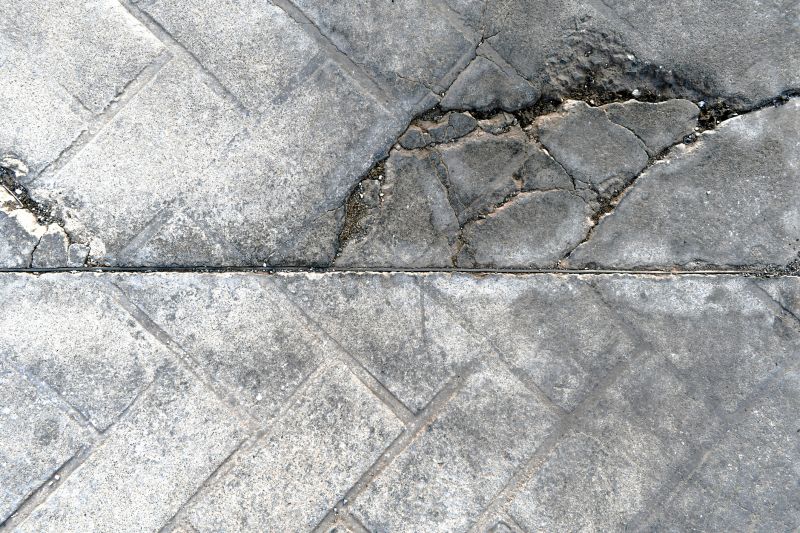
Popular materials for Concrete Repairs and why they hold up over time.
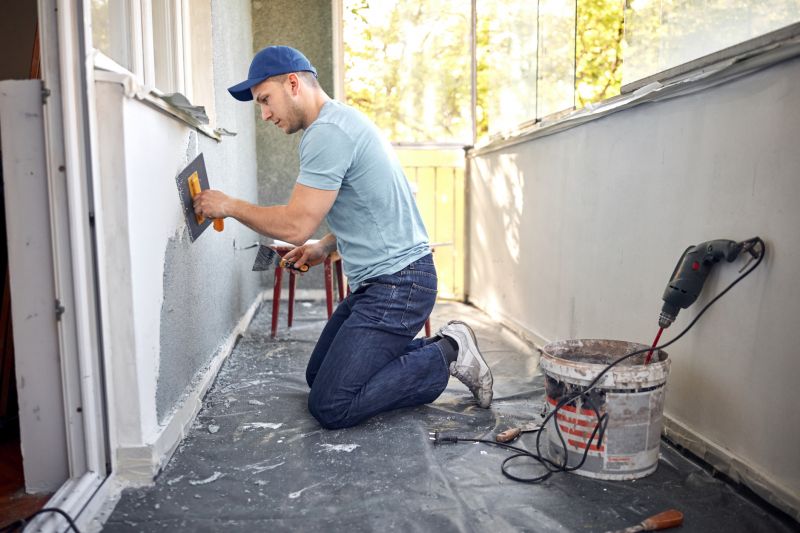
Simple add-ons that improve Concrete Repairs without blowing the budget.

High-end options that actually feel worth it for Concrete Repairs.

Finishes and colors that play nicely with Concrete Repairs.
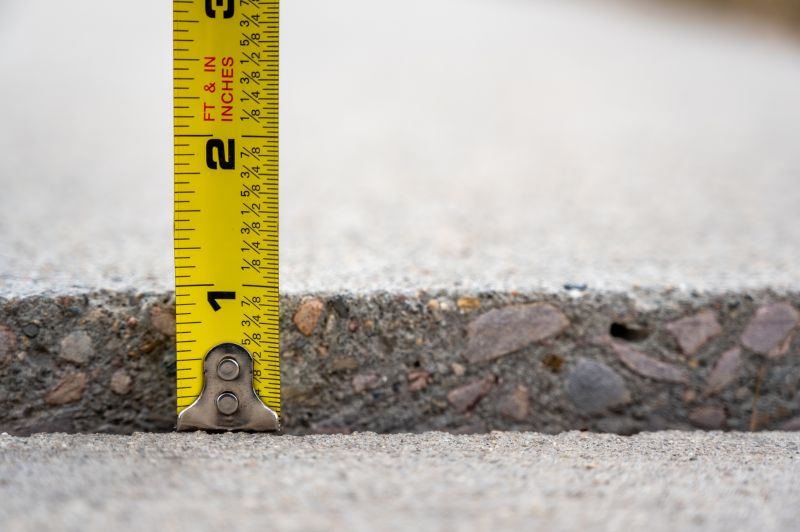
Little measurements that prevent headaches on Concrete Repairs day.
Concrete repairs are a vital part of maintaining the durability and safety of structures. Proper timing ensures that repairs last longer and perform as intended. Weather conditions significantly influence the success of repair projects, with ideal conditions promoting optimal curing and bonding. Statistics indicate that repairs performed during suitable weather have a lower failure rate and require fewer follow-up interventions.

A 60-second routine that keeps Concrete Repairs looking new.
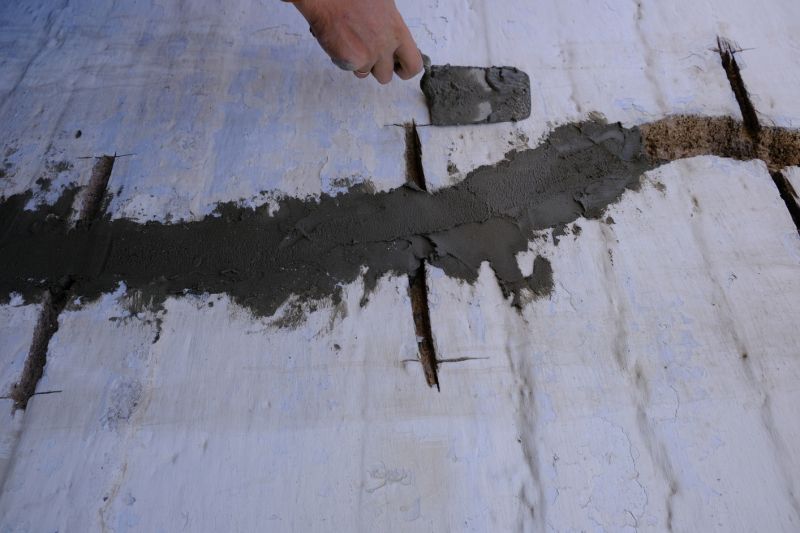
A frequent mistake in Concrete Repairs and how to dodge it.
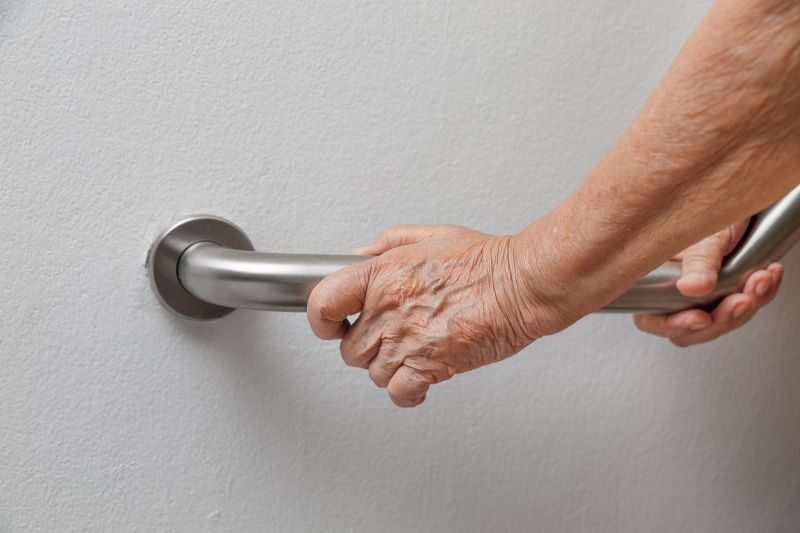
Small tweaks to make Concrete Repairs safer and easier to use.
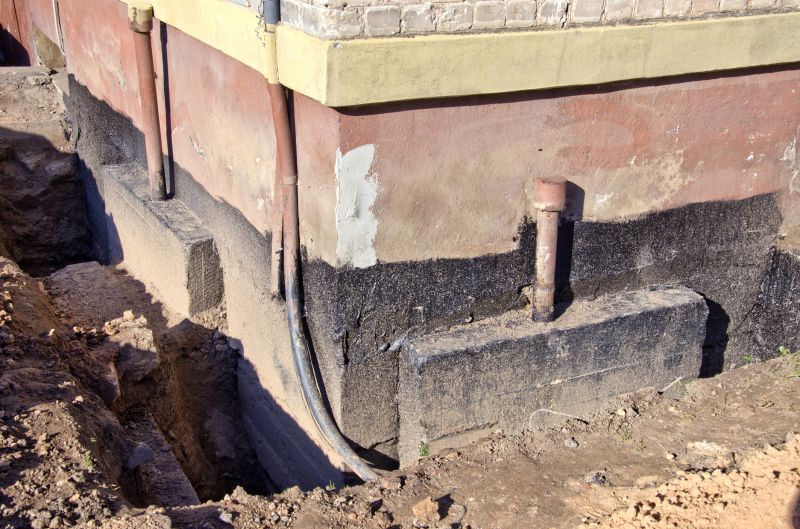
Lower-waste or water-saving choices for Concrete Repairs.
| Season | Ideal Conditions |
|---|---|
| Spring | Mild temperatures, low humidity, minimal rain |
| Early Summer | Warm weather, avoiding extreme heat |
| Fall | Cool temperatures, lower humidity |
| Winter | Freezing temperatures, not recommended |
| Peak Summer | High heat, rapid drying risks |
Choosing the right time for concrete repairs enhances longevity and performance. Proper planning around weather conditions reduces the likelihood of repair failure. When considering a repair project, it is advisable to consult local weather patterns to identify the most suitable window for work.
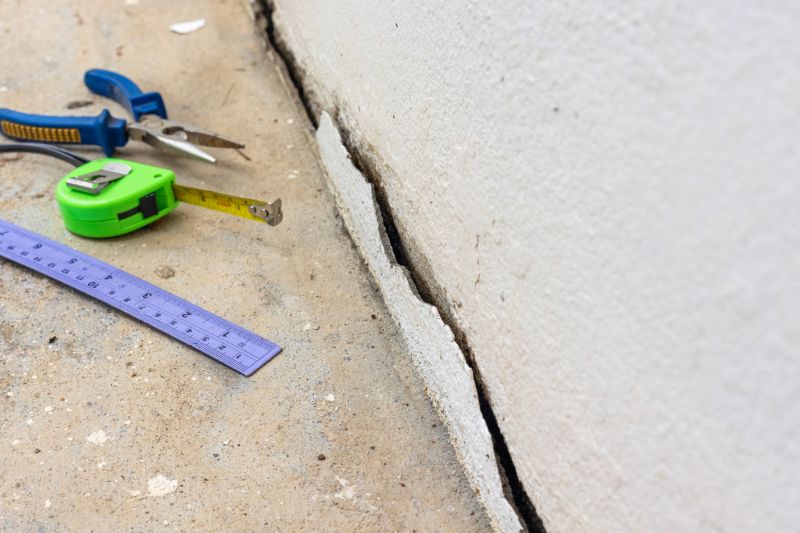
The short, realistic tool list for quality Concrete Repairs.
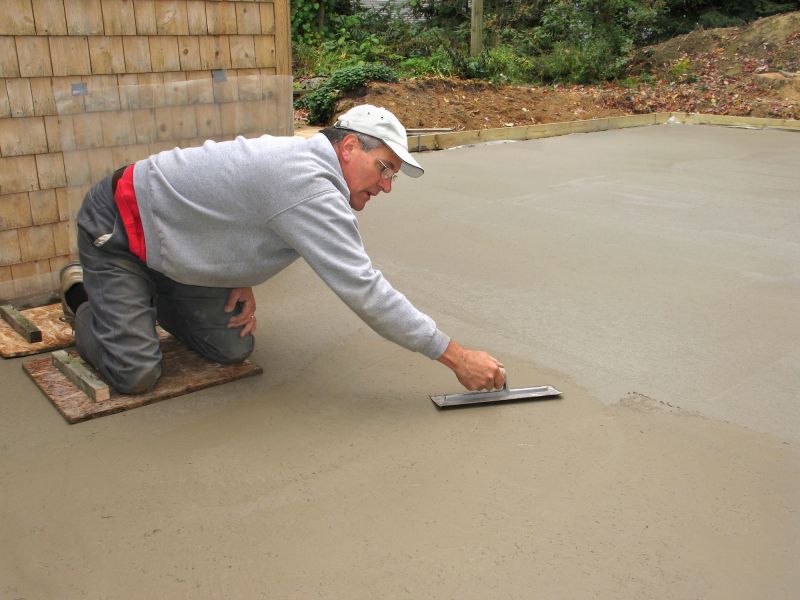
Rough timing from prep to clean-up for Concrete Repairs.
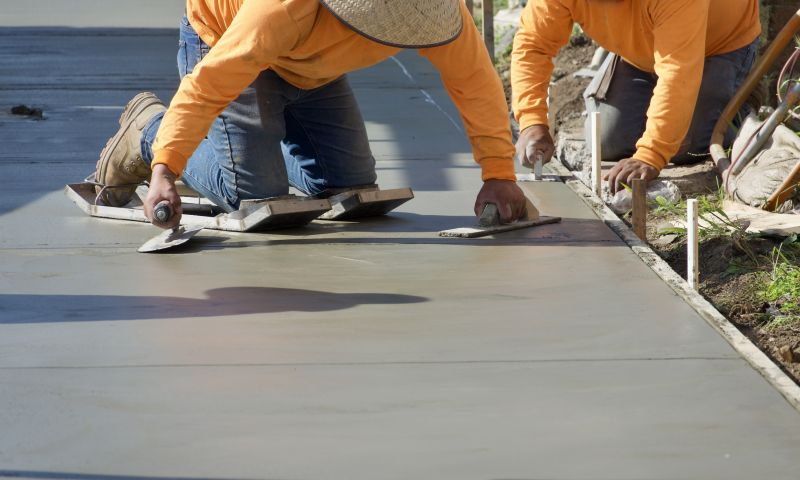
Quick checks and paperwork to keep after Concrete Repairs.
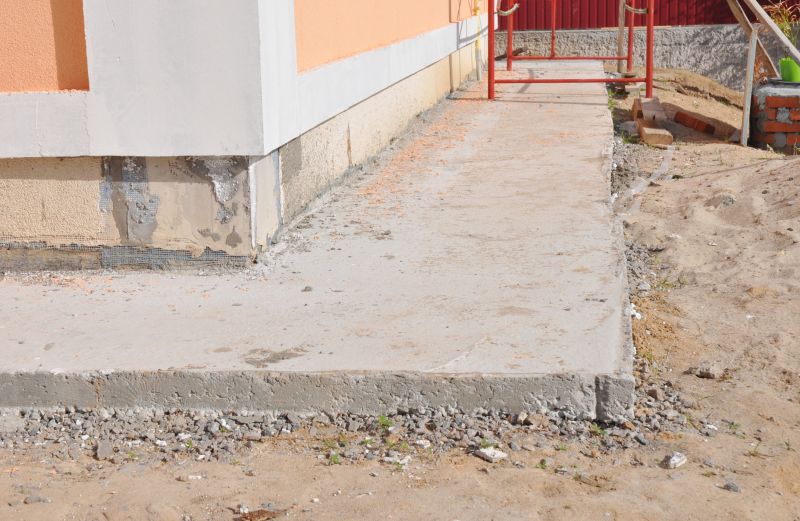
Examples that show the impact a good Concrete Repairs can make.
Interested in scheduling concrete repairs? Filling out the contact form can provide more information and help plan repairs during the most suitable season. Proper timing maximizes the durability and appearance of the repaired concrete surfaces.
